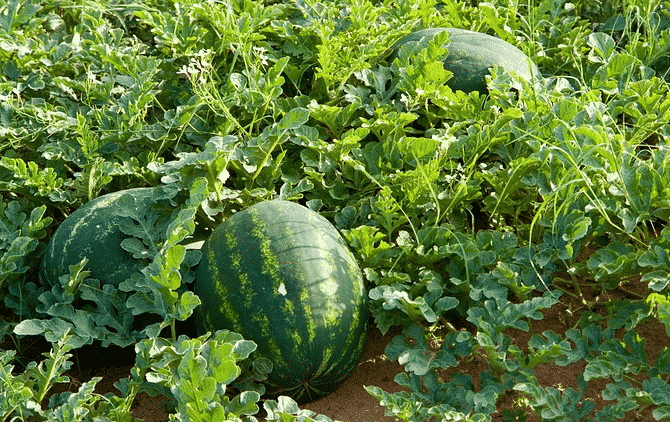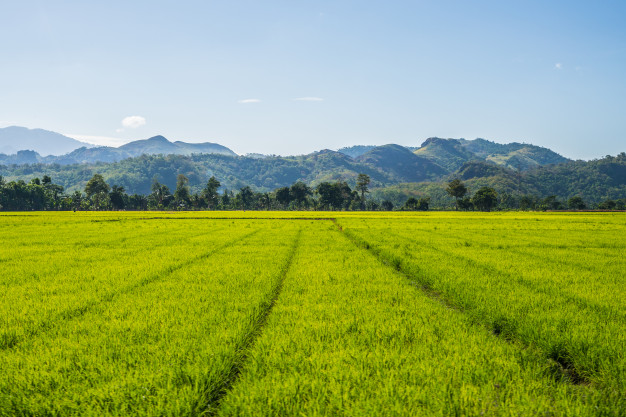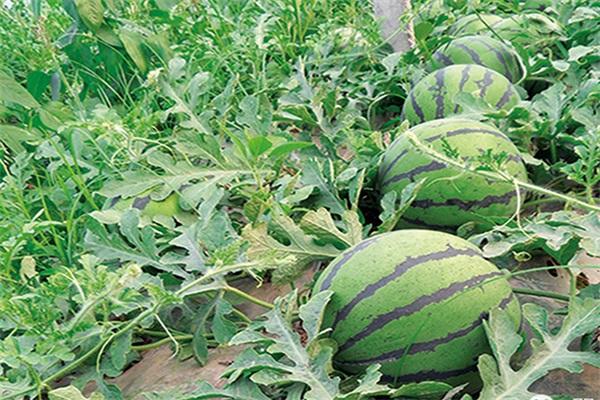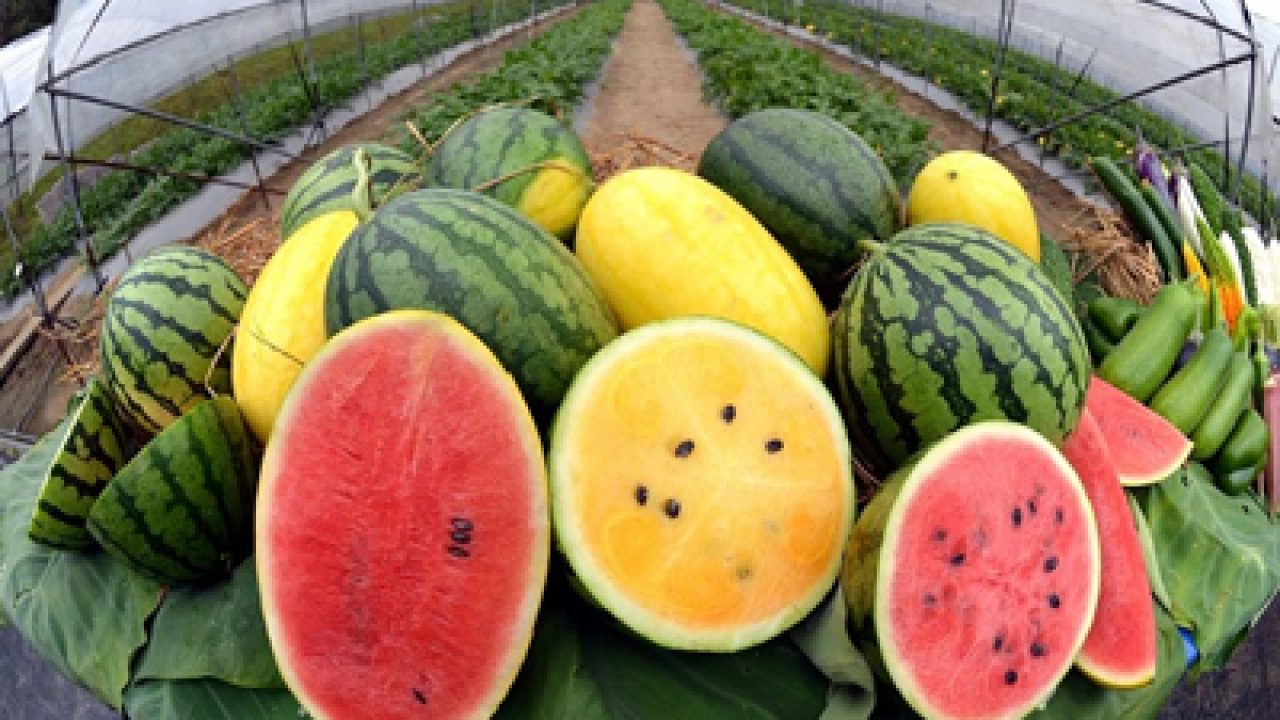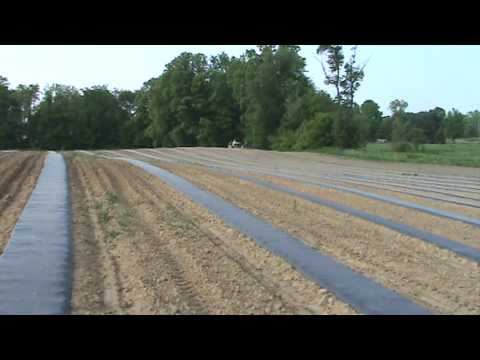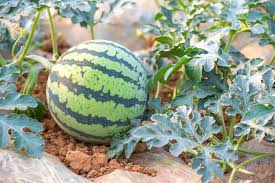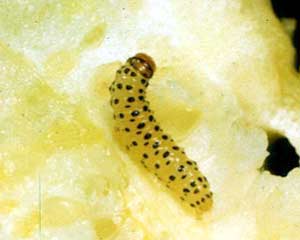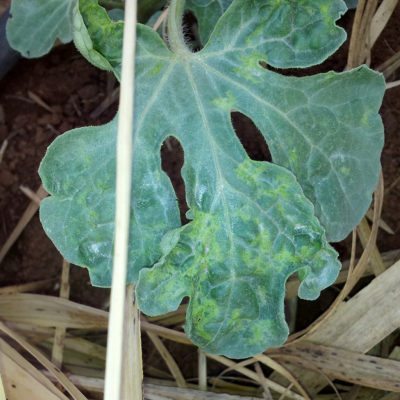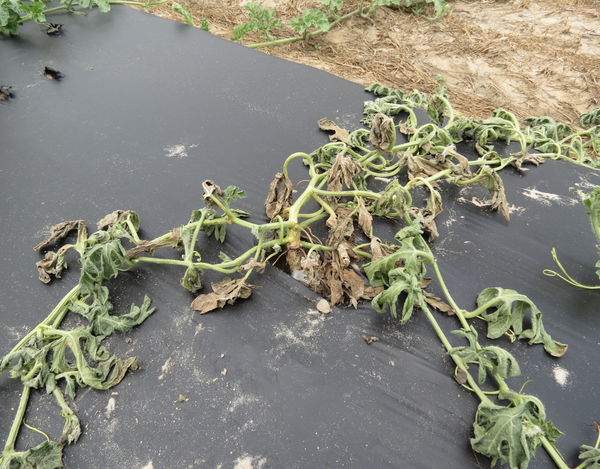- Plastic Mulching protects against insects, diseases and weeds in watermelon crop.
- Weeds can be controlled by black polyethene and also prevents soil erosion from air, rain and irrigation.
- Transparent polyethene is used to control soil-borne diseases and maintain moisture conservation.
Share

